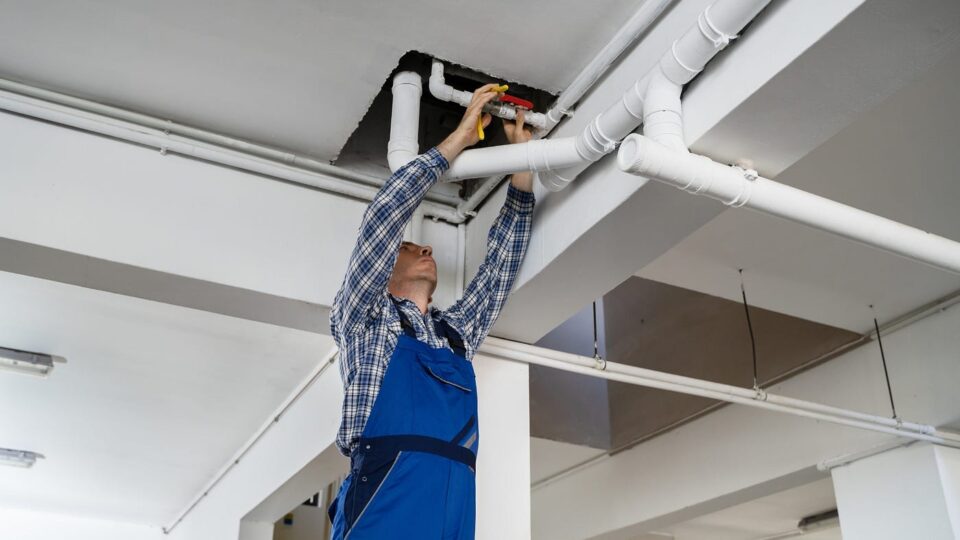Water damage can strike unexpectedly, whether from natural disasters like floods and storms or internal issues such as burst pipes or leaking appliances. When such incidents occur, immediate action is critical to mitigate damage and restore affected areas. Emergency water restoration services play a vital role in these situations, providing essential support to homeowners and businesses facing water damage. This article explores the key aspects of water restoration services, emphasizing their importance, process, and benefits.
Importance of Emergency Water Restoration
Water damage can have severe and long-lasting impacts on structures and personal property. Prompt intervention is important for various reasons:
- Preventing Structural Damage: Water can weaken the integrity of buildings, leading to significant structural issues if not addressed promptly. Immediate restoration helps maintain the safety and stability of the property.
- Mold Prevention: Moisture creates an ideal environment for mold growth, which can start within 24 to 48 hours of water exposure. Mold damages property and poses serious health risks.
- Protecting Personal Belongings: Quick action can save valuable personal items, including furniture, electronics, documents, and sentimental items, from irreparable damage.
- Reducing Restoration Costs: Early intervention often minimizes the extent of damage, reducing the overall cost and time required for restoration.
The Water Restoration Process
The water restoration process involves several critical steps to ensure effective mitigation and recovery:
1. Initial Inspection and Assessment
Upon arrival, restoration professionals conduct a thorough inspection to assess the extent of water damage. This involves identifying the source of water intrusion and categorizing the water type (clean, grey, or black water) to determine appropriate remediation strategies.
2. Water Removal
The next step involves extracting standing water using industrial-grade pumps and vacuums. Swift removal of water is essential to prevent further saturation of materials and reduce drying time.
3. Drying and Dehumidification
The drying process begins as soon as the majority of water is removed. High-powered air movers and dehumidifiers are deployed to eliminate residual moisture from walls, floors, and other affected areas. This step is crucial to prevent mold growth and secondary water damage.
4. Cleaning and Sanitizing
Water damage can introduce contaminants into the environment, especially with gray or black water. Restoration teams clean and sanitize affected areas using specialized cleaning agents and antimicrobial treatments to ensure a safe and healthy environment.
5. Restoration and Repairs
The final process is to repair and restore the property to its pre-damage state. This may include replacing damaged drywall, flooring, and other structural components, as well as addressing cosmetic issues such as painting and refinishing surfaces
Benefits of Professional Water Restoration Services
When professionals are engaged in providing these services, it provides a number of advantages:
- Expertise and Equipment: Restoration professionals have the training, experience, and specialized equipment to handle water damage efficiently and effectively. Their expertise ensures that all aspects of restoration are addressed comprehensively.
- Safety and Health Considerations: Professionals follow industry standards and safety protocols to mitigate health risks associated with water damage, including exposure to mold and contaminants.
- Insurance Coordination: Many restoration companies work directly with insurance providers, assisting with claims and ensuring that the restoration process complies with policy requirements. This can alleviate the stress of dealing with insurance claims for property owners.
- Quick Response: Restoration services are available 24/7, providing prompt assistance to minimize damage and begin the recovery process as soon as possible.
Choosing a Water Restoration Service
When choosing a water restoration provider, consider the following things.
- Certification and experience: Look for companies that are accredited by respected industry organizations, such as the Institute of Inspection, Cleaning, and Restoration Certification (IICRC). Experience in handling similar cases is also a valuable indicator of reliability.
- Response Time: Quick response is crucial in mitigating water damage. Choose a service that guarantees rapid arrival and action.
- References and Reviews: Check customer reviews and ask for references to gauge the company’s track record and customer satisfaction.
- Comprehensive Services: Opt for a company that offers a full range of services, from water extraction to complete restoration, to ensure seamless and efficient recovery.
Conclusion
Emergency water restoration services are indispensable in the aftermath of water damage incidents. Their prompt and professional response can significantly reduce the impact of water damage, ensuring the safety, health, and preservation of property. By understanding the importance of immediate intervention and the comprehensive process involved, property owners can make informed decisions and effectively manage water damage situations.

